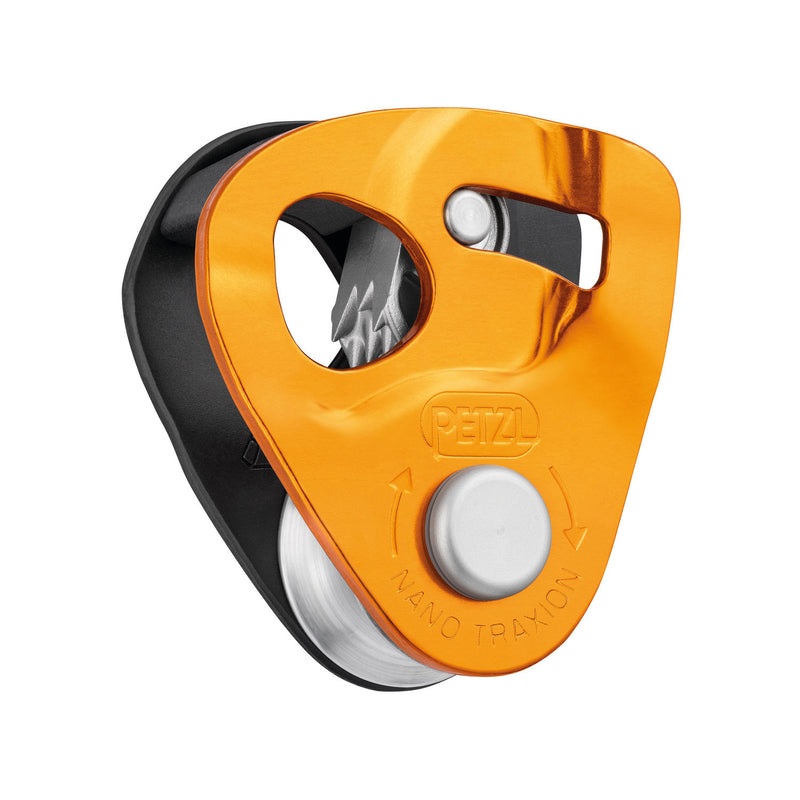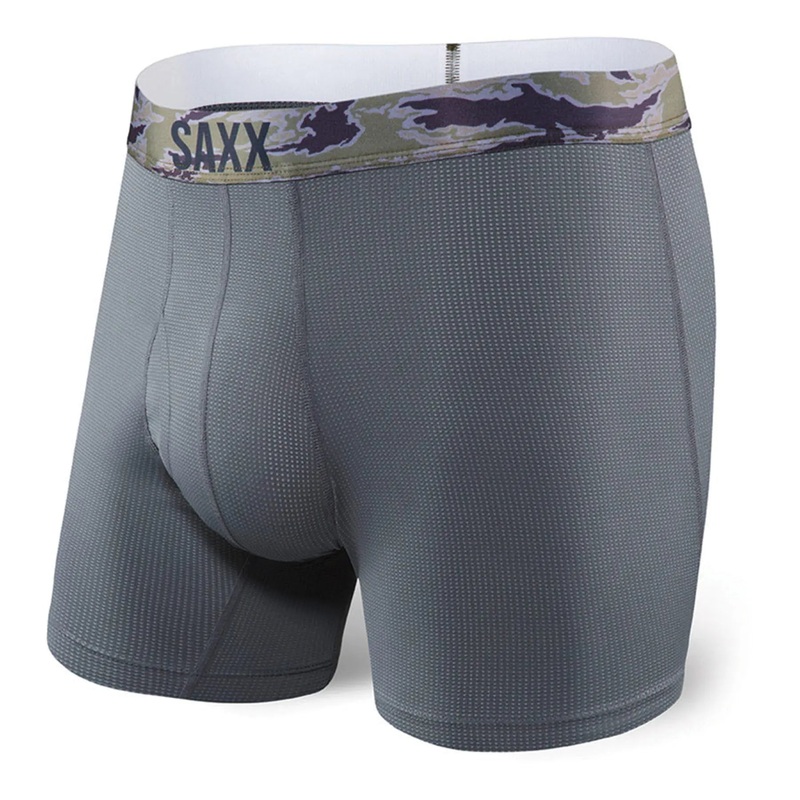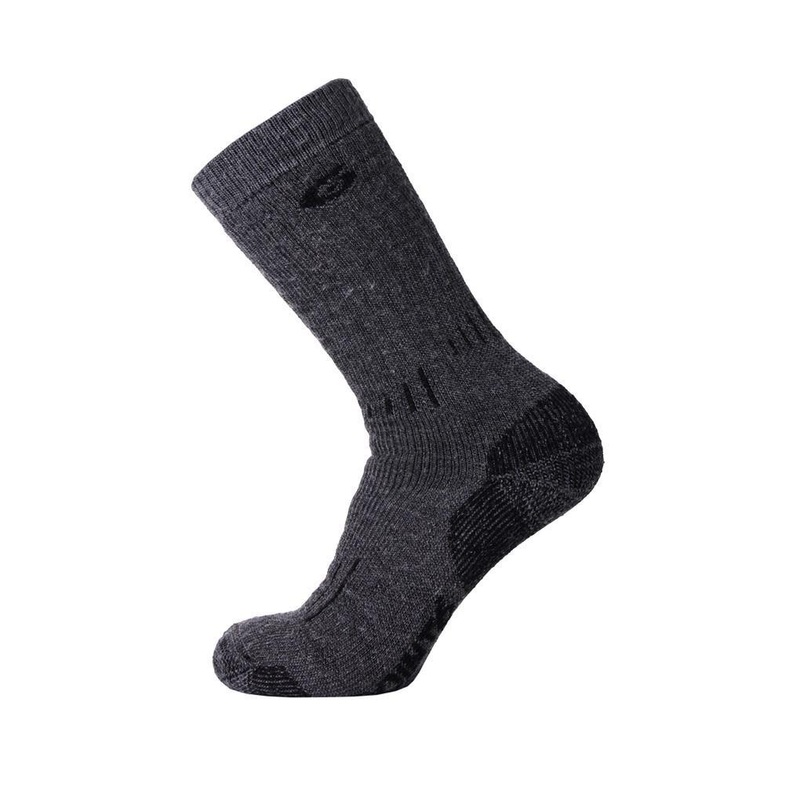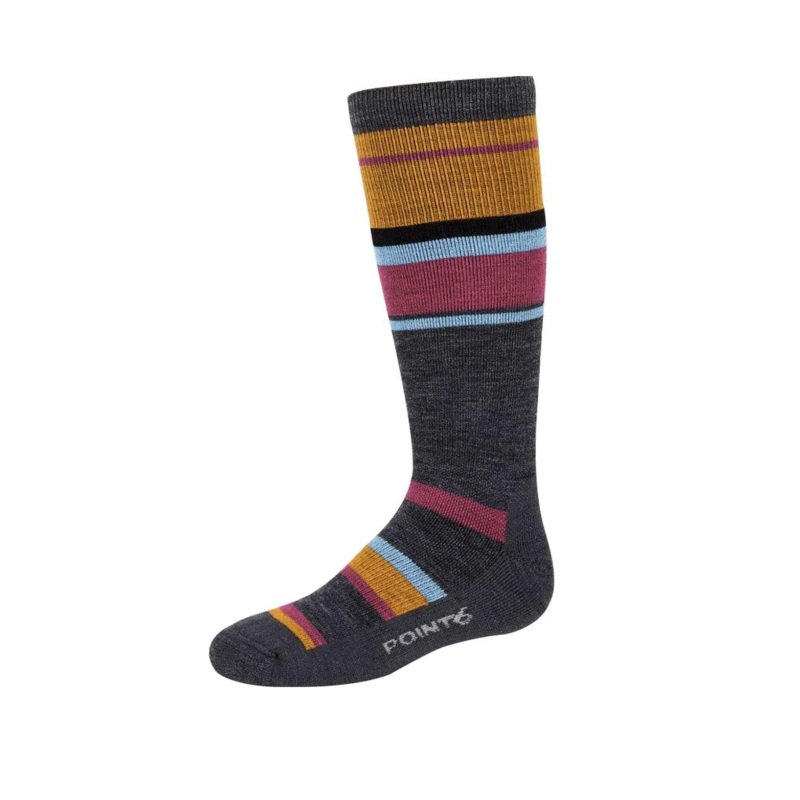Description
Petzl Nano Traxion is a rescue pulley that is ultra-lightweight (53 g) and has a high-efficiency design. It features sealed ball bearings that offer an impressive 91% efficiency.
Features
- Ultra-lightweight and compact:
- Weighs only 53 g, ensuring minimal bulk.
- Extremely compact for easy transport.
- Includes a hole for attaching an SmD carabiner with a cord, preventing loss.
- Designed for rescue
- High efficiency:
- Sealed ball bearings deliver remarkable efficiency at 91%.
- Operates effectively even on frozen or muddy ropes.
- Suitable for ropes with diameters ranging from 7 to 11 mm.
- Rope installation diagrams are engraved inside the pulley for convenience.
- It is compatible with the RAD LINE 6 mm cord, ensuring reliable performance.
- It is also compatible with the PURLINE 6 mm cord, but exclusively for hauling a pack.
Specifications
| Weight | 53 g |
| Certification(s) | CE EN 567, UIAA |
| Min. rope diameter | 7 mm |
| Max. rope diameter | 11 mm |
| Sheave type | Sealed ball bearings |
| Sheave diameter | 18 mm |
| Breaking strength | 2 x 7,5 = 15 kN |
| Breaking strength as progress capture pulley | 4 kN |
| Efficiency | 91 % |
| Inner Pack Count | 1 |
Technology
Technical Notice
- Download the PDF : technical-notice-NANO-TRAXION-1 – 2.80 MB
Declaration Of Conformity
- Download the PDF : UE-Declaration-P053AAXX-NANO TRAXION – 0.65 MB
Tips for maintaining your equipment
- Download the PDF – 2.72 MB
Inspection
PPE inspection procedure
- Download the PDF – 3.80 MB
PPE checklist
- Download the PDF – 0.19 MB
Technical Content
PULLEY SYSTEM EFFICIENCY TESTS WITH MAESTRO, ID S, PRO TRAXION, ROLLCLIP…
There can be a big difference between the theoretical efficiency of a pulley system and its actual efficiency. Here are test results from the Petzl lab.
|
WARNINGS
|
1. Efficiency depending on the device used at the head of the system.
The force required to raise a 100 kg mass was tested under several configurations with different devices at the head of the system and with ropes of various diameters.
Test Protocol:
- Ropes tested: RAD LINE 6 mm, 7 mm cord, SEGMENT 8 mm, PUSH 9 mm, CLUB 10 mm, PARALLEL 10.5 mm, AXIS 11 mm, VECTOR 12.5 mm.
- Measurements were made with a constant pull rate of 1.5 meters/minute, on new devices and ropes.
- The results are given for information only; in the field there are numerous variables to take into account (position of haul system elements, rope diameter and construction, hauling speed, hauling smoothness, the haul load…).
| SIMPLE DIRECTIONAL (1:1) |
|
Note: Pulley efficiency ratings in the Instructions for Use are based on values measured with a simple 1:1 directional. Hauling efficiency F = xx M is the value obtained with the smallest compatible rope diameter for the device. The pulley efficiency expressed in % is calculated from this value. Efficiency is always less than 100%, which is the efficiency of an ideal pulley (impossible in reality). Example for MAESTRO S: F = 116 M, efficiency = 86% |
| SIMPLE DIRECTIONAL (2:1) |
| HAUL SYSTEM (3:1) |
| HAUL SYSTEM (4:1) |
| HAUL SYSTEM (5:1) |
2. 3:1 Haul system efficiency depending on the redirect point used
BELAYING THE SECOND WITH A MICRO TRAXION OR NANO TRAXION: BEWARE OF ANY FALL
MICRO TRAXION and NANO TRAXION are not belay devices. They were not designed or certified for this use. For practical reasons, however, they are sometimes used to belay a climber from the top anchor of a route. Petzl has conducted a series of tests to understand the limits and risks of this practice.
What makes it feasible to consider using a progress-capture pulley to belay a second, is that the rope above the climber can always be kept taut, thus preventing a free-fall.
For this, the belayer must be especially vigilant: they must take up rope as the climber progresses and avoid any slack between the anchor and the climber.
In particular, when nearing the anchor and during belay-station maneuvers, a 50 cm loop of slack can form very quickly, so all of the climbers movements must be carefully monitored.
WARNING: Using a progress-capture pulley to belay a second does not allow you to belay them effectively if they want to descend during the climb. It is recommended that the climber be informed of the use of this belay technique and that they know their own personal limits, so that they will also take appropriate precautions.
Certain situations can complicate the maneuver and increase risk:
- An overhang that the climber might not be able to pass: if the second is hanging on the rope, it becomes very complicated to safely lower them. The belayer should instead consider hauling to assist the climber in passing the overhang.
- A pitch that ends with a traverse: when the last quickdraw is unclipped, there is a risk of falling directly on the anchor. If the rope has been properly taken up as the climber progressed, it would mean a pendulum fall.
- Possible movements during belay-station maneuvers. WARNING: the climber absolutely must not climb to the level of the anchor and/or above the progress-capture pulley.
Tests Conducted To Better Understand The Risks Of This Use:
The fall tests were done with a flexible dummy (approximating the behavior of a human body). WARNING: these test results are provided for illustrative purposes only; many factors can worsen the results. In any case, it is recommended to avoid any falls.
Note: One total rope failure was observed during these tests, on a very worn rope (result in red). The results marked in orange represent failure of the ropes sheath and one or more core strands, which is already an especially dangerous situation for the climber.
Measurement of the critical fall distance depending on the weight of the climber.
| Fall factor 1 test, on new 9 mm VOLTA GUIDE rope. |
| Fall factor 1 comparison, on one strand of new 7.7 mm PASO half rope. |
Comparison of results if a worn rope is used
WARNING: The behavior of worn ropes is not repeatable (depending on their level of wear and the type of wear); these results are given for illustrative purposes only (the tests were done with a well-worn rope).
The essential point to remember is that for this use, a worn rope must be used with even more vigilance than a new rope. (The opposite of a lowering situation where a new rope tends to be more slippery.)
Pendulum Fall Tests
When a pitch ends with a traverse, the risk of a pendulum fall cannot be avoided.
The tests were done for a fairly realistic case of a fall on 2 m of rope when the climber is 1.8 m from the anchor, at the same level.
Tests done on new rope only.
SELF-BELAY: SOLO CLIMBING WITH ONE OR TWO FIXED ROPES
|
Important: In climbing or mountaineering, climbing with a partner or in a team offers the highest level of safety.
|
In climbing or mountaineering, climbing with a partner or in a team offers the highest level of safety.
Nevertheless, fixed-rope solo climbing is an option that un number of climbers have taken, experimenting with a variety of technical solutions.
Petzl has not developed a device for this activity, but certain ascenders may be used for it by experts.
The following characteristics are essential for any self-belay system:
- Effective and immediate blocking in all situations.
- Easy sliding along the rope while climbing.
- Redundancy of the belay.
- Comfort and ease of use.
- A continuous belay during climbing and all operations.
Among the technical decisions to be made by the climber in each situation, one is essential: the appropriate level of redundancy. This level of redundancy will impact both the complexity and the reliability of the belay system.
|
Introduction to the principle of redundancy of the belay Considering the possible failure of a single belay system (e.g. in the event of an accident, or error during installation or use), Petzl recommends the use of two systems. The second system is redundant, it is installed as a backup to help ensure continuous protection, even in the event one of the systems fails. For maximum effectiveness, the two systems must be completely independent, so that a potential cause of failure in one system cannot simultaneously affect the other system. Any interference between the two systems must be avoided. It is a good idea to use two different systems, to reduce the risk of repeating the same mistake twice (for example, twice forgetting to activate a MICRO TRAXIONs cam: better to use a NANO TRAXION and a MICRO TRAXION than two MICRO TRAXIONs). Petzl does not recommend using a single ascender for self-belaying Using a single ascender is technically feasible; however, accidents have been reported. The risks are real in the field, so Petzl recommends using a redundant belay system. This is because:
|
Setting up a self-belay system on two ropes with two ascenders:
Each ascender is installed on a different rope.
|
Advantages:
|
Disadvantages:
|
| Notes: For the sake of redundancy, each progress-capture pulley can be attached to an independent carabiner (taking care to install the locking sleeves opposite each other). However, this can increase interference between the two devices, and make visual monitoring more difficult. |
Installation on one single rope with two ascenders
| Redundancy is achieved only with respect to the ascenders, and rope installation must be perfect (especially: no rope friction, anchor quality, no exposure to rockfall). |
|
Advantages:
|
Disadvantages:
|
| Notes: The quickdraw helps avoid collisions between the devices, but should not reduce comfort: select a length that prevents the straps from pulling on the neck during a rest or fall. |







Reviews
There are no reviews yet.